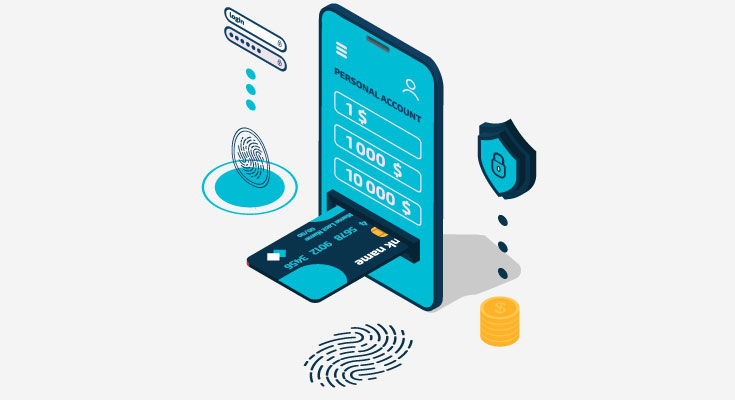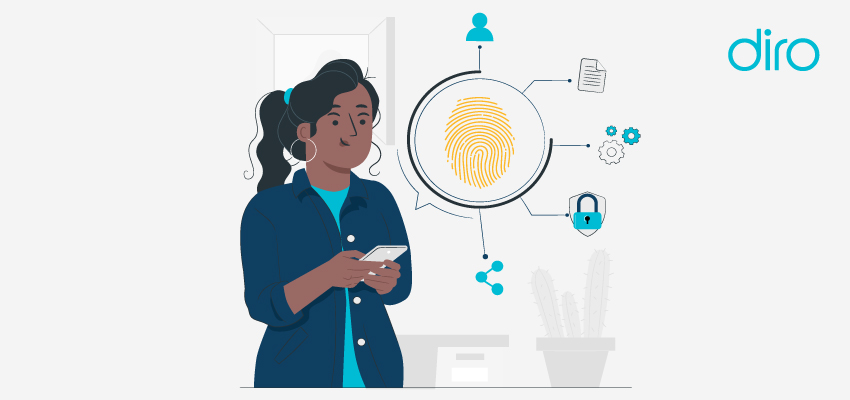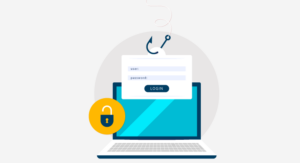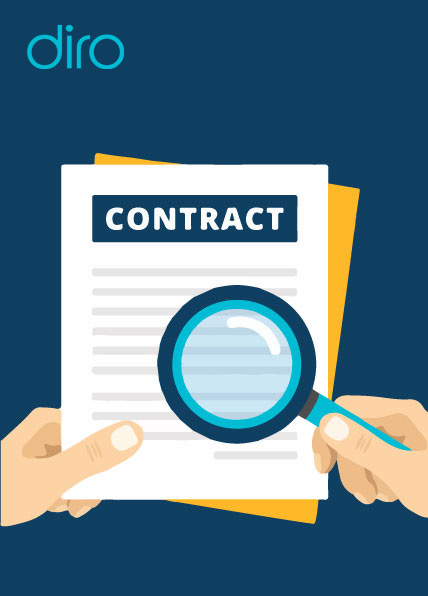Steps Payment Gateway Can Take to Detect and Prevent Online Fraud?

When you have started your online business, you wouldn’t consider online fraud as a challenge when you’re processing less than 10 transactions a day. However, when your business and the number of transactions increase, you need to be more careful. Statistics state that in 2018, US merchants lost an estimated $6.4 billion in payments card fraud. Small businesses especially face the highest number of frauds and an estimate of $155,000 per year.
Credit card processors offer merchants basic security measures to reduce the risks of credit card fraud. Although some merchants don’t offer seller protection, including PayPal, this is the case in the case of digital goods. You can decide which payment gateway to use. This also tells how your business will be protected in case of fraud transactions.
With the digital goods and services landscape on a boom, businesses of all sizes need to re-evaluate their position and tools when it comes to fraud management. In this article, we will take a look at the most effective techniques when it comes to tackling card payment fraud.
How to Prevent Payment Gateway Fraud?
1. Address Verification Solution
Address verification solutions are used to detect online fraud. When customers purchase items, they have to provide their billing address and ZIP code and address verification solutions check whether this address is real or not. Part of a Card-not-present transaction, the payment gateway can send a request for user verification.’
2. Card Verification Value (CVV)
The CVV or Card Verification Value is a 3 or 4-digit code on credit cards. The code should never be stored on a merchant’s database. A CVV filter acts as an added security layer, allowing only the card owner to use the card. If an order is placed on the website and the CVV doesn’t match, the transaction should not go through. While making a CNP transaction (online, email, or telephone orders), merchants get the required information from the customers.
3. Device Identification
Device identification analyzes the computer instead of the person who’s visiting the website. It verifies the internet service, and browser to see if the transaction has to be approved. All the devices (phones, computers, tablets, etc) have a unique fingerprint, similar to human fingerprints.
Fraudsters are unable to impersonate a computer’s unique identity, making it a viable option for your business against online payment fraud.
4. Flag Large Transactions
With stolen card information, fraudsters will take a shot at making transactions before the card is blocked. This would be harmful to your business where you’ll have to take on the cost of allowing fraudulent transactions to take place. Constant instances of fraud can lead to payment processors terminating your processing account.
You can easily limit the number of large transactions by specifying a flat amount. In addition to this, you can limit the number of failed transactions.
5. Payer Authentication (3-D Secure)
Payer authentication, sometimes called Verified by Visa (VeB) and MasterCard SecureCode, is a cardholder authentication measure that secures all online transactions for customers. This method allows cardholders to create a PIN that can be used during checkout. By using payer authentication, merchants are offered chargeback protection and lower interchange rates.
This is one of the most sought-out fraud prevention tools that businesses rely on.
6. High-Risk Countries
If you’re sending products overseas, then you need to exercise greater caution for these orders. Pay more attention to orders that come from high-risk countries. Customers in these countries need to be verified by the countries before the transactions are processed.
According to the online fraud guide, some of the highest-risk countries include Israel, Malaysia, Egypt, Pakistan, Ukraine, Russia, Bulgaria, Romania, Lithuania, Nigeria, and Yugoslavia.
7. Risk Scoring
Risk scoring tools are based on statistical models designed to recognize fraudulent transactions based on a number of rules and regulations. When a payment is done on your website, the risk scoring tools will indicate the probability of the transactions being fraudulent. A higher probability of a transaction being fraudulent means that you should verify the transaction.













